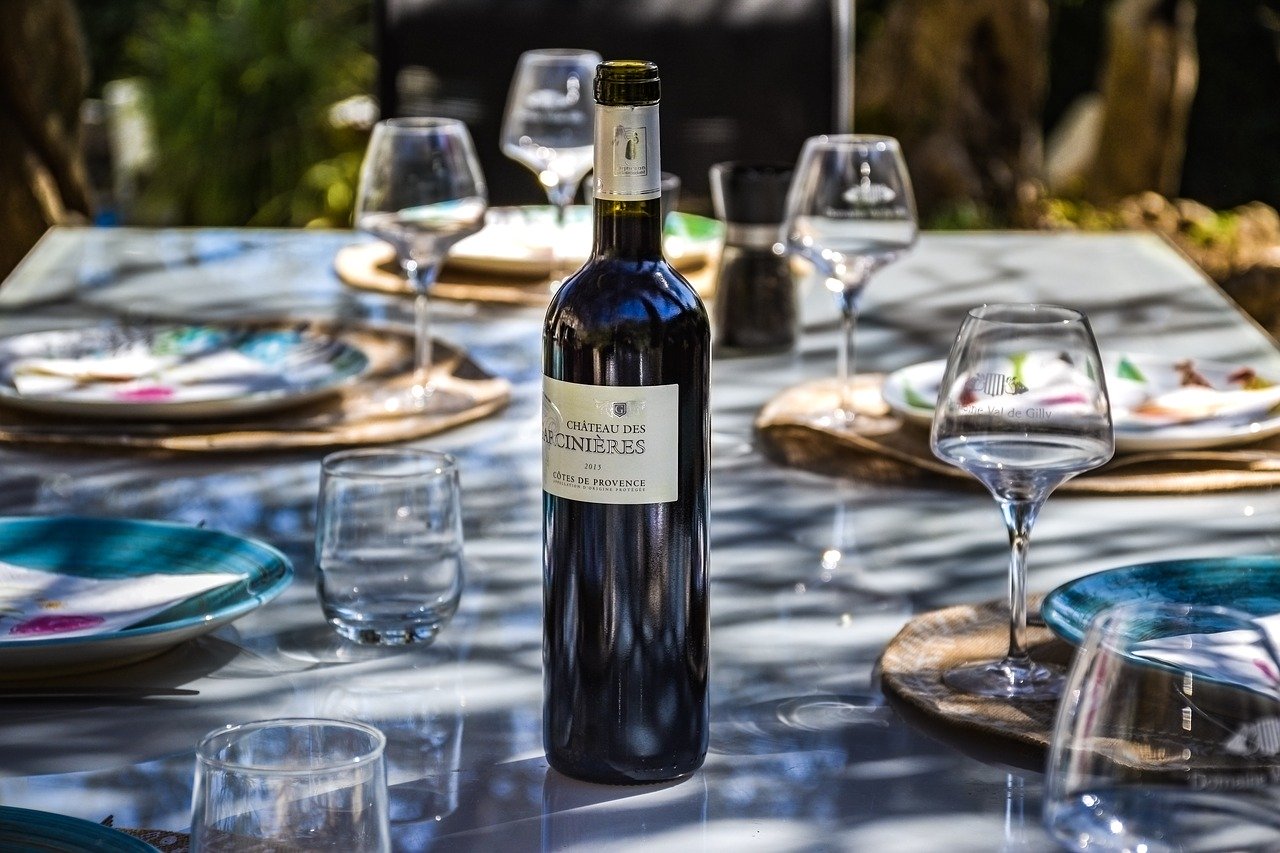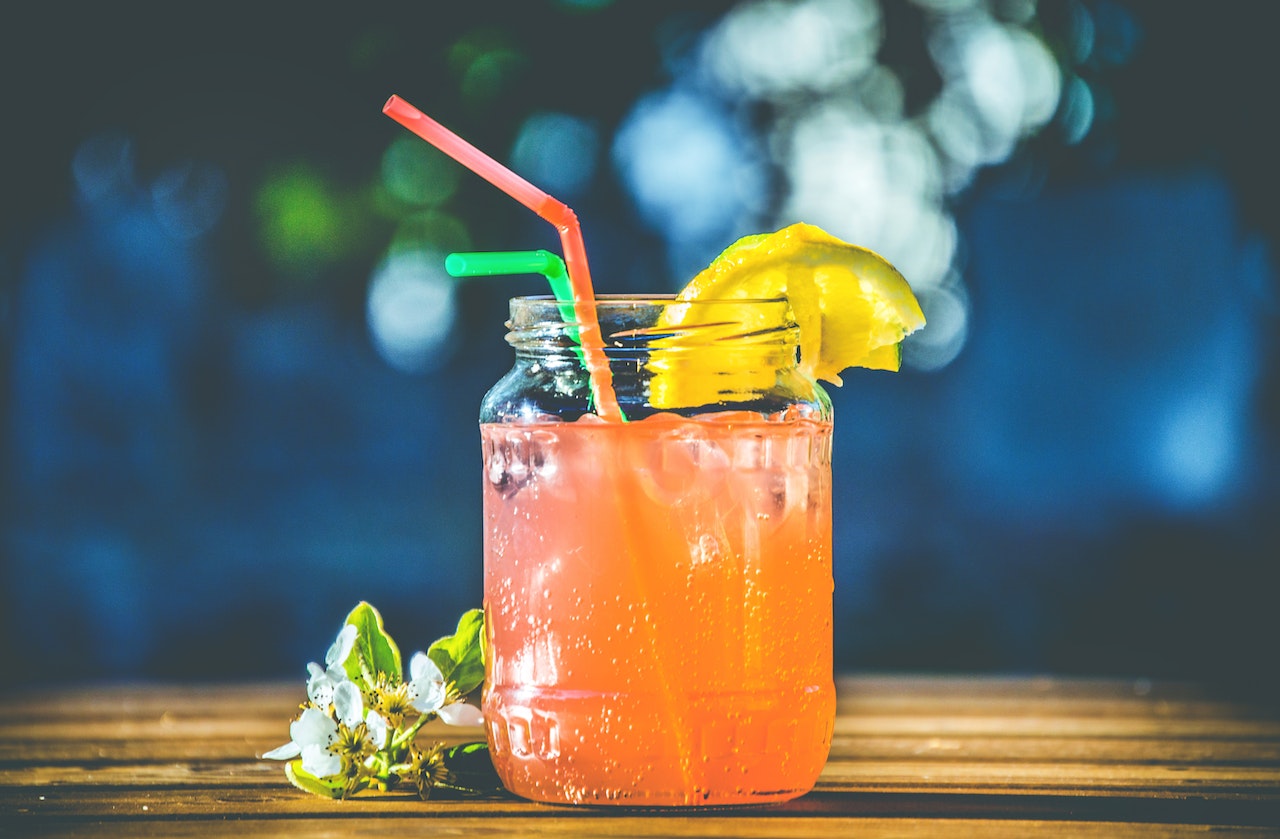
How Are Ready-Made Cocktails Made?
Ready-made cocktails are booming in popularity more now than ever. They are convenient and cost-effective, and usually, they taste pretty good.
However, they are a bit different than what you get in a bar. A canned old fashioned or a similar ready-made cocktail is more uniform across the board and goes through a bunch of different quality assurance processes before it ends up in your hand.
In a bar, you can watch as the bartender makes your drink, and you can see every single ingredient going into the cocktail as it is added. You don’t get that with ready-made cocktails, but is there a reason to worry? Let’s take a look at how they’re made and find out.
Here’s a basic look at the production process of ready-made cocktails.
1: Design Phase
First, and this is true for any pre-made food product, ready-made cocktails aren’t just randomly tossed together and canned. A lot of research and testing goes into making each one that hits the market. In fact, companies can spend years perfecting a recipe before they finally release it into the wild.
During this phase, there is a lot of trial and error.
The first step for a company is to determine the necessity of introducing a new product. Following this, they need to establish a general concept for the product. In the case of beverages, they may choose to offer a unique twist on a traditional margarita by incorporating fruity elements into a canned version.
Once the concept is defined, the focus shifts to the beverage recipe development process. This involves deciding how the drink will be crafted, either by following traditional methods or by incorporating adjustments to differentiate it from similar options. This stage requires a combination of creativity and food science skills. It is crucial to understand that the ability to create a delicious beverage using fresh ingredients does not automatically guarantee the creation of a shelf-stable product that maintains its great taste even months after being opened by a customer.
2: Small-Scale Production and Trial Runs
Companies don’t make a new product and then start shipping it all over the world. They almost always start off with a trial run that they distribute to certain areas to gauge how the public reacts.
So, when the recipe is finalized, the canning phase will begin. Software and human operators will guide canning equipment to ensure the exact measurements of each ingredient are added to each can, the cans will be sealed, and then packaged in whatever packaging design the company is using.
The company will then start business deals with specific companies to get the small-scale production run to customers in certain areas, and they’ll wait until a set trial period has ended before collecting sales data and possibly running a few survey campaigns.
3: Large-Scale Production
If everything goes well during the small-scale run, the same process from step two is repeated, but on a much larger scale. This is when the company tries to get its product on every shelf it possibly can to start raking in the big bucks.
However, don’t let mass production fool you. Because machines do the pouring, ready-made cocktails are highly consistent, and you can trust that the drink you like will be the same every time.
- Designing with Neutrals: Stylish Bedspread Choices for Gray Wall Backgrounds - February 19, 2024
- Navigating the Comedy Circuit: Tips from Seasoned Comedians - February 14, 2024
- The Advantages of a Heat Pump Water Heater: Efficiency and Savings - April 18, 2023


